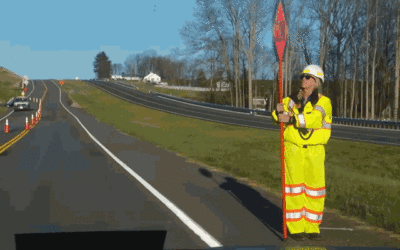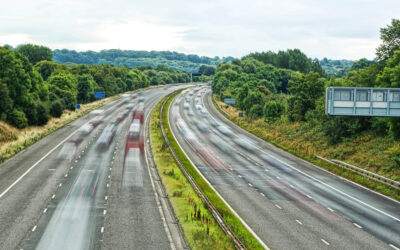New Rules For Non-Blue Light Emergency Vehicles In London

Drivers in London should be aware that new rules around non-blue light emergency vehicles are set to come into force.
It means that non-emergency vehicles such as ambulances, police, and fire vehicles are able to use bus lanes throughout London, effective immediately.
The news follows a trial period where the data showed that fewer appointments were missed with no knock-on impact on bus journeys and other travel times.
It’s the latest change to the use of the roads in London following the announcement of the Ultra-Low Emission Zone (ULEZ) expansion that’s set to go live on 29th August 2023.
What Does It Mean For Drivers In London?
As most fleet owners will know, London is under severe pressure to reduce congestion and encourage more people to use public transport.
The impact of emissions targets is being felt in many cities, which has led to the introduction of low-emission zones and clean-air zones across the UK, with many more to follow.
Allowing more non-emergency vehicles to use London’s bus lane network is an innovative way to help public services be more efficient while not impacting anything else.
While the ULEZ expansion is set to mirror the current low-emission zone that covers the majority of Greater London.
A Greater London Boundary Charge for ALL vehicles driving into London was considered, as well as implementing a daily Clean Air Charge for polluting vehicles.
The current iteration of the ULEZ in London is 18 times larger than the original central London ULEZ, and recent figures estimate that it will cost fleets an extra £54 million in additional charges in the first year of operation alone.
It was expanded from its original area in October 2021, and London’s net profits from congestion charges rose from £160 million to £267 million in 2022.
That will put pressure on fleets to accelerate plans to switch to electric vehicles if they haven’t already, particularly for any routes that require using areas within the ULEZ.
What Do Low Emission Zones and Clean Air Zones Mean For Fleets?
There’s an upfront cost to implementing things such as clean-air zones or expanded ULEZs, which means it’s important that local authorities incentivise fleets to help reduce costs.
The good news is that London’s scrappage scheme will make it easier for motorists in outer London to scrap older and polluting vehicles to switch to cleaner modes of transport or purchase newer, cleaner vehicles that are compliant with the ULEZ.
There’s also pressure for the Government to provide additional support for the scrappage scheme, which could encourage motorists to switch to cleaner vehicles.
With clean-air zones popping up all over the UK, it’s something that fleet owners will need to be aware of and prepare for in the coming months and years.
How have clean air zones and low-emission zones affected your fleet? Are you braced for more charges in the future? Let us know in the comments below.










